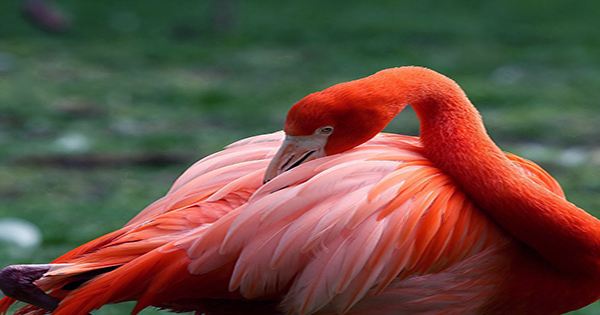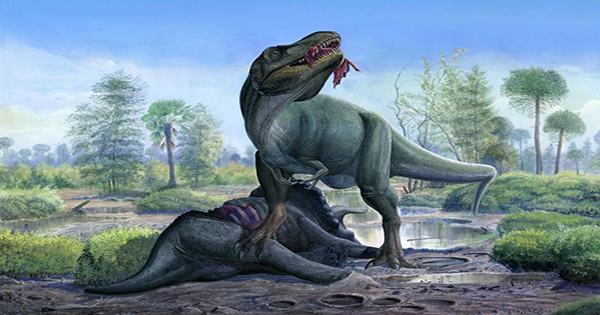The connection between greenhouse gas emissions and the survival of polar bear populations is quantified in new research from the University of Washington and Polar Bears International in Bozeman, Montana.
The paper, published online August 31, 2023, in Science, combines past research and new analysis to provide a quantitative link between greenhouse gas emissions and polar bear survival rates.
Polar bears use sea ice as a hunting platform, but access to the ice is being restricted by a warming Arctic. In the summer when there is no ice, bears must fast. In the worst-case situation, adult bears would perish, but before that, they would no longer be able to raise cubs.
“Until now, scientists hadn’t offered the quantitative evidence to relate greenhouse gas emissions to population decline,” said second author Cecilia Bitz, a UW professor of atmospheric sciences.
Bitz performed the data analysis for the new study that demonstrates a relationship between total greenhouse gas emissions and polar bear population variations. The connection, such as in western Hudson Bay, largely explains current diminishing patterns in some polar bear subpopulations. Because it enables a systematic evaluation of the effects potential future proposals for action would have on polar bears, the article also has policy implications.
“I hope the U.S. government fulfills its legal obligation to protect polar bears by limiting greenhouse gas emissions from human activity,” Bitz said. “I hope investments are made into fossil fuel alternatives that exist today, and to discover new technologies that avoid greenhouse gas emissions.”
In 2008, polar bears became the first species listed under the Endangered Species Act because of the threat of climate change. Scientists predicted that up to two thirds of the world’s polar bear population could vanish by the middle of the century due to the apparent biological connection between warming and polar bear survival.
Any government-approved project, including oil and gas leases, must comply with the Endangered Species Act and not put any listed species at increased risk. But a document released by the U.S. Department of the Interior in 2008, known as the Bernhardt Opinion, required specific proof of how a proposed project’s greenhouse gas emissions would affect a species’ survival before the ESA could be fully implemented for species threatened by climate change.
Polar bears are beautiful creatures, and I hope they survive global warming. However, the health and well-being of humans, especially the most vulnerable, is of the utmost importance. All of us have experienced heat extremes in the last few years. The harm is inescapable. Everything governments and industries can do to reduce greenhouse gas emissions matters, and will help avoid the worst consequences. I’m excited to see the innovative proposals for the Inflation Reduction Act I hope they stimulate the healthier future that polar bears, and all of us, need.
Professor Cecilia Bitz
“We’ve known for decades that continued warming and sea ice loss ultimately can only result in reduced distribution and abundance of polar bears,” said lead author Steven Amstrup, chief scientist emeritus at Polar Bears International and adjunct professor at the University of Wyoming.
“Until now, we’ve lacked the ability to distinguish impacts of greenhouse gases emitted by particular activities from the impacts of historic cumulative emissions. In this paper, we reveal a direct link between anthropogenic greenhouse gas emissions and cub survival rates.”
The new paper, published in the 50th anniversary year of the Endangered Species Act and the 15-year anniversary of the listing of polar bears, brings new science to fill that knowledge gap.
Thanks to developments in climate science, direct connections between emissions and species survival can now be demonstrated. In a study published in the journal Nature Climate Change in 2020, Bitz served as the article’s second author.
The study analyzed polar bear survival versus sea ice decrease, linking polar bear fasting to ice-free days and determining the annual fasting limits that result in mortality. That study considered not just adult polar bear’s survival, but also its recruitment success, meaning its ability to have cubs and raise them to the age of independence.
The new study connects polar bear fasting restrictions and ice-free days to overall greenhouse gas emissions. It finds that, for example, the hundreds of power plants in the U.S. will emit more than 60 gigatons of greenhouse gas emissions over their 30-year lifespans, which would reduce polar bear cub survival in the southern Beaufort Sea population by about 4%.
“Overcoming the challenge of the Bernhardt Opinion is absolutely in the realm of climate research,” Bitz said. “When the memo was written in 2008, we could not say how human-generated greenhouse gas emissions equated to a decline in polar bear populations. But within a few years we could directly relate the quantity of emissions to climate warming and later to Arctic sea ice loss as well. Our study shows that not only sea ice, but polar bear survival, can be directly related to our greenhouse gas emissions.”
The study has implications beyond polar bears and sea ice, authors say. Other species and their habitats that have direct links to global warming, such as coral reefs, the critically endangered Key deer that lives in the Florida keys, or species that nest on beaches and are impacted by rising sea levels, can be analyzed using the same methodology.
“Polar bears are beautiful creatures, and I hope they survive global warming. However, the health and well-being of humans, especially the most vulnerable, is of the utmost importance,” Bitz said.
“All of us have experienced heat extremes in the last few years. The harm is inescapable. Everything governments and industries can do to reduce greenhouse gas emissions matters, and will help avoid the worst consequences. I’m excited to see the innovative proposals for the Inflation Reduction Act I hope they stimulate the healthier future that polar bears, and all of us, need.”
















